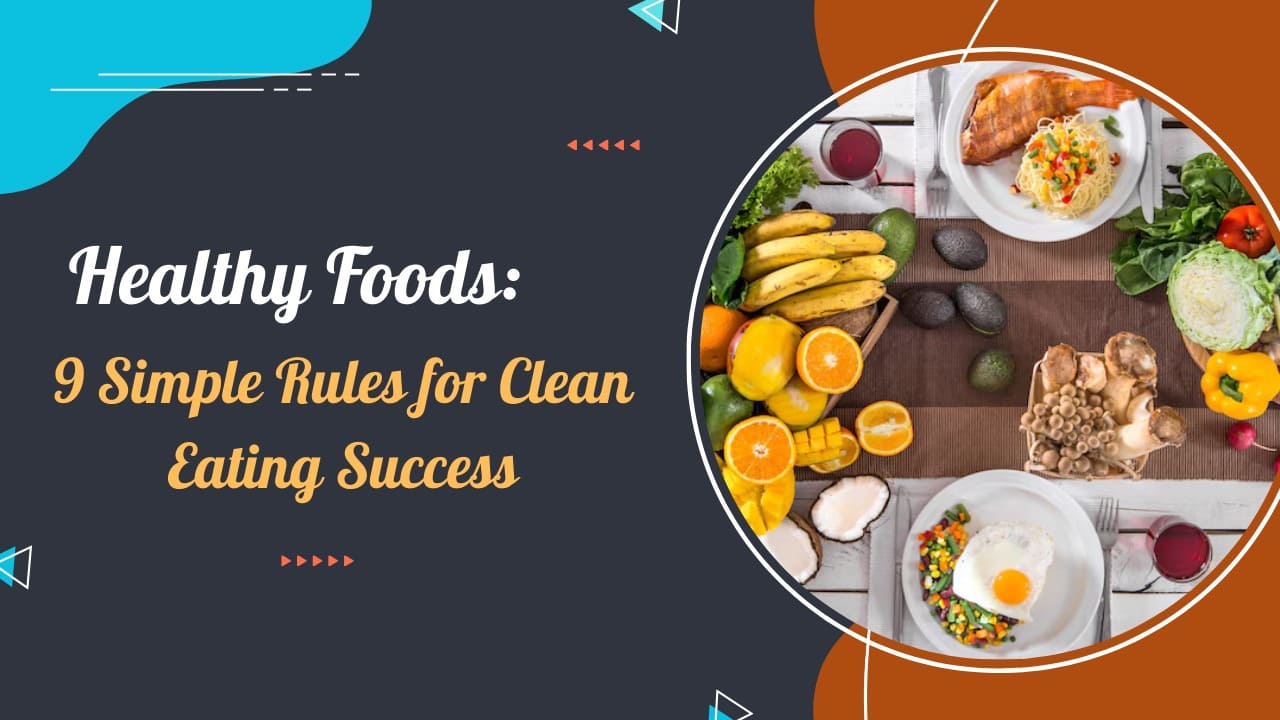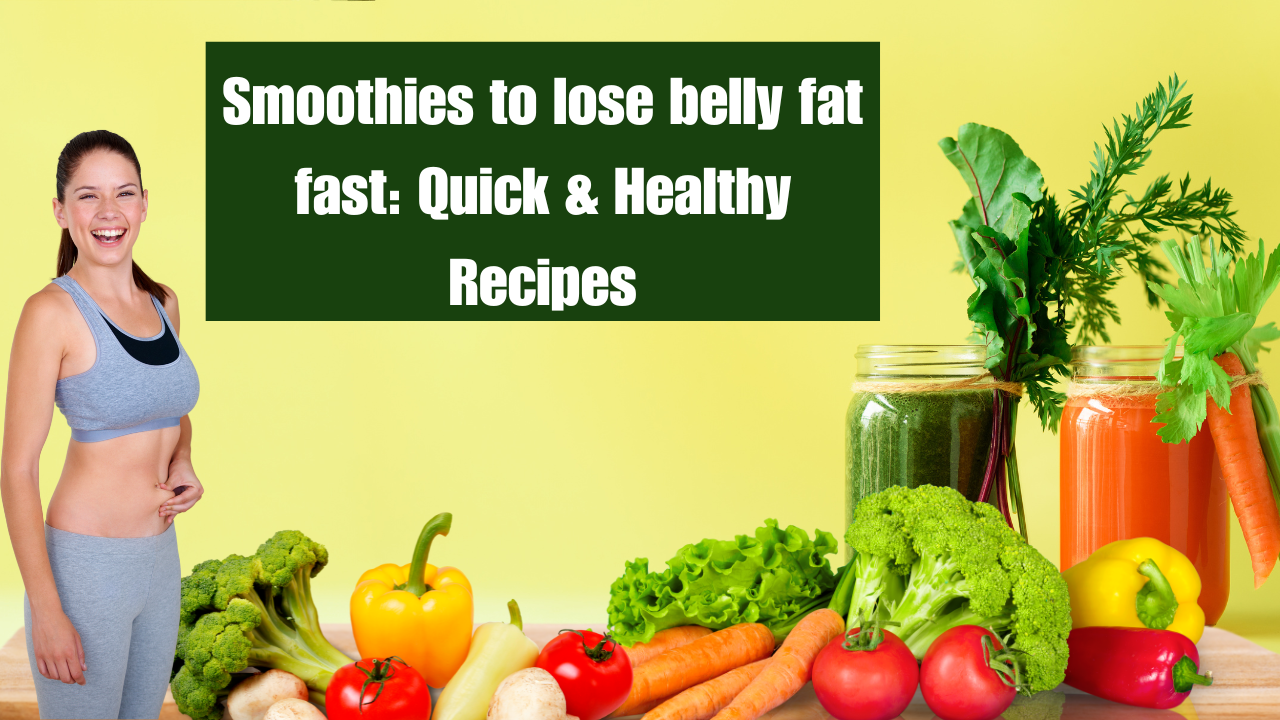In today’s world, the overwhelming availability of processed foods and sugary snacks has made it increasingly difficult to maintain a healthy diet. Many of us find ourselves relying on fast food or pre-packaged meals, which are often high in unhealthy fats, added sugars, and artificial additives. This shift in eating habits has led to rising rates of obesity, heart disease, and diabetes. However, adopting a healthy eating mindset is one of the best ways to combat these issues and restore balance to your body.
Clean eating is a simple yet powerful approach that focuses on nourishing your body with whole, unprocessed foods. By choosing nutrient-dense options like fresh fruits, vegetables, lean proteins, and healthy fats, you can reduce your intake of harmful ingredients and boost your overall health. Clean eating isn’t about strict dieting—it’s about making consistent, mindful choices that support your well-being in the long run.
This article will explore 9 simple rules for healthy eating that can help you take control of your nutrition. These guidelines will empower you to make better food choices and establish habits that promote lasting health and vitality.
1. Eat Whole, Unprocessed Foods
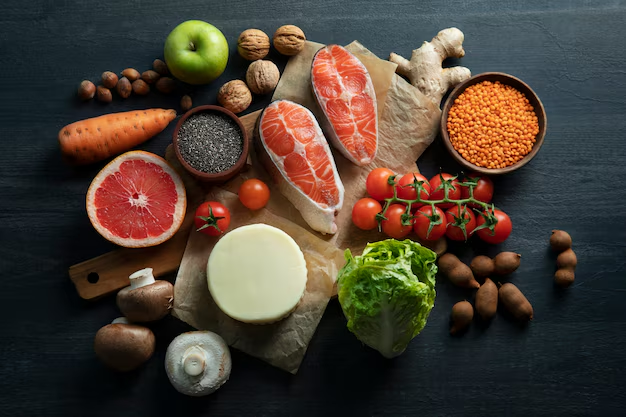
One of the key principles of clean eating is choosing whole, natural foods over highly processed alternatives. Whole foods are items that come directly from nature or have undergone minimal processing, meaning they retain most of their original nutritional value. These foods provide a solid foundation for a healthier lifestyle by supporting overall well-being.
Healthy foods like fresh fruits, vegetables, whole grains, nuts, and seeds are excellent examples of whole foods. They are rich in important nutrients such as vitamins, minerals, and fiber, which the body needs to function properly. These nutrients play a crucial role in energy production, digestion, and immune health, making whole foods a vital part of any clean eating routine.
By focusing on healthy foods that are as close to their natural state as possible, you not only nourish your body but also reduce your intake of additives, preservatives, and unhealthy fats. This approach to eating supports long-term health and makes it easier to maintain a balanced, nutritious diet.
Examples of whole foods include:
Fresh fruits and vegetables
Whole grains like quinoa, brown rice, and oats
Fresh meats, fish, and poultry (preferably organic or grass-fed)
Nuts, seeds, and legumes
Eggs from pasture-raised chickens
Why does clean eating emphasize whole foods? Because they are packed with nutrients that your body can readily absorb and use. In contrast, processed foods—often laden with artificial additives, preservatives, sugars, and unhealthy fats—can contribute to inflammation, weight gain, and chronic disease.
Tip: The next time you’re at the grocery store, try shopping around the perimeter. Most processed foods are in the middle aisles, while fresh produce, meats, and dairy are typically around the edges.
2. Read Ingredient Labels
When including packaged items in your diet, it’s important to pay close attention to what you’re actually consuming. Many products may appear healthy on the outside but contain ingredients that don’t align with clean eating principles. Understanding what’s in your food starts with reading the label carefully.
Rather than focusing solely on calories or carbohydrates, look at the ingredient list. The shorter and more recognizable the ingredients, the better. Healthy foods usually contain whole, natural components without a long list of artificial additives, preservatives, or unfamiliar chemicals. This helps ensure you’re nourishing your body with real, beneficial nutrients.
Choosing packaged items made with healthy foods like whole grains, natural sweeteners, and minimal processing can support your clean eating goals. By being mindful of what’s inside the package, you make smarter choices that contribute to long-term wellness and a balanced diet.
Here are some tips for reading labels:
Short Ingredients List: The fewer the ingredients, the better. Clean foods tend to have a short list of ingredients, usually ones you can pronounce and recognize.
Avoid Artificial Additives and Preservatives: Artificial colors, flavors, and preservatives are common in processed foods. Look for products without these chemical additives.
Watch Out for Hidden Sugars: Sugar can be hidden under many different names, such as sucrose, high-fructose corn syrup, and agave nectar. Be mindful of how much sugar is in the products you’re purchasing.
While it’s okay to occasionally indulge in packaged foods, frequent consumption of highly processed items can be detrimental to your health in the long term.
3. Cook More at Home
A straightforward way to embrace clean eating is by preparing more meals at home. Cooking at home gives you complete control over what goes into your dishes, allowing you to avoid unnecessary additives, excess salt, and unhealthy fats commonly found in restaurant or packaged meals.
When you cook for yourself, you can choose fresh, whole ingredients and incorporate a variety of healthy foods into your diet. From colorful vegetables and lean proteins to whole grains and healthy fats, home-cooked meals can be both nutritious and satisfying. This approach supports better eating habits and promotes overall wellness.
Additionally, preparing meals at home is often more budget-friendly compared to dining out or relying on convenience foods. By planning and cooking your own meals, you can make thoughtful decisions about the healthy foods you consume, making clean eating more sustainable and enjoyable in the long run.
When you cook at home, you can:
Choose high-quality, fresh ingredients
Avoid added sugars, unhealthy fats, and artificial chemicals
Experiment with healthy cooking methods like grilling, steaming, or roasting
Bonus: Cooking at home can be a fun and rewarding experience. It’s an opportunity to bond with loved ones, explore new recipes, and develop better culinary skills.
4. Avoid Sugary Drinks

Sugary drinks are one of the leading sources of empty calories in the modern diet. While they may seem refreshing, these beverages often contain large amounts of refined sugar or high-fructose corn syrup, which can have serious effects on your health over time. Regular consumption can lead to weight gain and a variety of chronic conditions.
These sweetened drinks provide little to no nutritional value and can cause rapid spikes in blood sugar levels. This not only affects your energy and mood but also increases the risk of developing diabetes and heart disease. Replacing sugary beverages with healthier alternatives is a simple yet powerful step toward clean eating.
Choosing drinks made from healthy foods, such as smoothies with fresh fruits or water infused with herbs and citrus, is a smarter option. These alternatives support hydration and offer vitamins, minerals, and antioxidants your body needs—without the harmful effects of added sugars.
Common sugary drinks to avoid include:
Sodas
Sweetened teas
Energy drinks
Flavored coffee drinks
Instead of sugary beverages, opt for healthier alternatives such as:
Water (plain or infused with fruits/herbs for flavor)
Unsweetened herbal teas
Black coffee (without added sugar or cream)
Freshly squeezed fruit or vegetable juices (without added sugars)
By making these simple swaps, you’ll reduce your sugar intake and support overall health.
5. Choose Lean Proteins
Proteins play a vital role in a balanced diet, supporting muscle repair, hormone production, and overall body function. However, it’s important to recognize that not all protein sources offer the same nutritional benefits. Choosing the right types of protein can make a big difference in maintaining a clean and healthy eating routine.
Lean proteins, such as skinless poultry, fish, eggs, tofu, and legumes, are lower in unhealthy fats and calories. These options help you meet your protein needs without adding excess saturated fats to your meals. Including lean protein is a smart way to fuel your body while staying aligned with clean eating goals.
Pairing lean proteins with healthy foods like fresh vegetables, whole grains, and heart-healthy fats creates a well-rounded, nutritious plate. This combination not only satisfies your hunger but also supports long-term health by providing essential nutrients your body needs to thrive.
Lean protein sources include:
Skinless poultry (chicken, turkey)
Fish and seafood (especially fatty fish like salmon and mackerel)
Lean cuts of red meat (such as sirloin or tenderloin)
Plant-based proteins like beans, lentils, and tofu
Eggs from pasture-raised chickens
Protein helps with muscle repair, immune function, and provides lasting energy. By choosing lean options, you’ll avoid excess saturated fat, which can contribute to heart disease and other health issues.
6. Eat Healthy Fats
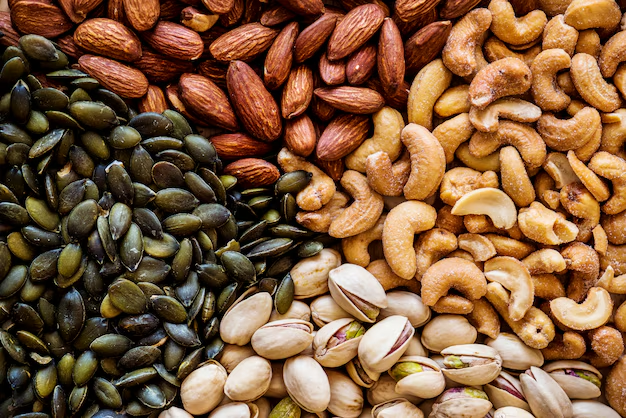
Many people mistakenly believe that all fats are harmful, but in reality, fats are a crucial part of a healthy diet. The key is to choose the right kinds of fats—specifically, healthy fats that support your body’s essential functions. These fats can be found in a variety of nutritious sources and play a major role in clean eating.
Healthy fats, also called unsaturated fats, contribute to important processes like hormone production, brain function, and maintaining the integrity of your cells. Unlike trans fats and excessive saturated fats, these beneficial fats actually support heart health and help your body absorb vital nutrients from other healthy foods.
Including healthy fats into your meals can also help you feel full and satisfied, which reduces the temptation to overeat or snack on less nutritious options. Foods like avocados, nuts, seeds, olive oil, and fatty fish are excellent examples of healthy foods rich in good fats that contribute to overall wellness.
Examples of healthy fats include:
Avocados
Nuts and seeds (like almonds, walnuts, chia seeds, and flaxseeds)
Olive oil and coconut oil (in moderation)
Fatty fish (like salmon, sardines, and tuna)
Including healthy fats into your diet can have numerous health benefits, including improving heart health, reducing inflammation, and supporting weight management. However, it’s important to consume fats in moderation, as they are calorie-dense.
Tip: Try replacing butter with olive oil or avocado when cooking or spreading. Add a handful of nuts to your salad for an extra boost of healthy fats.
7. Add Fruits and Veggies Daily
Fruits and vegetables are among the most important healthy foods you can include in your diet. They are rich in essential nutrients like vitamins, minerals, antioxidants, and fiber, all of which support overall health. Because they are naturally low in calories, they offer a nutritious way to fill up without overindulging.
These healthy foods also contain compounds that help protect the body from chronic diseases such as heart disease, diabetes, and certain cancers. In addition, the fiber in fruits and vegetables supports better digestion and helps regulate blood sugar levels, making them an excellent part of a clean eating lifestyle.
To get the most benefits, try to fill half your plate with fruits and vegetables at each meal. Aim for a colorful variety—each color represents different nutrients that your body needs. The more diverse your produce choices, the more balanced and nutrient-rich your diet will be.
Some clean-eating-friendly fruits and vegetables include:
Leafy greens like spinach, kale, and arugula
Cruciferous vegetables like broccoli, cauliflower, and Brussels sprouts
Berries like strawberries, blueberries, and raspberries
Apples, oranges, and bananas
Sweet potatoes, carrots, and beets
Eating a variety of fruits and vegetables ensures that you’re getting a wide range of nutrients, which can help improve your overall health, boost your immune system, and even improve skin and energy levels.
8. Limit Packaged Snacks
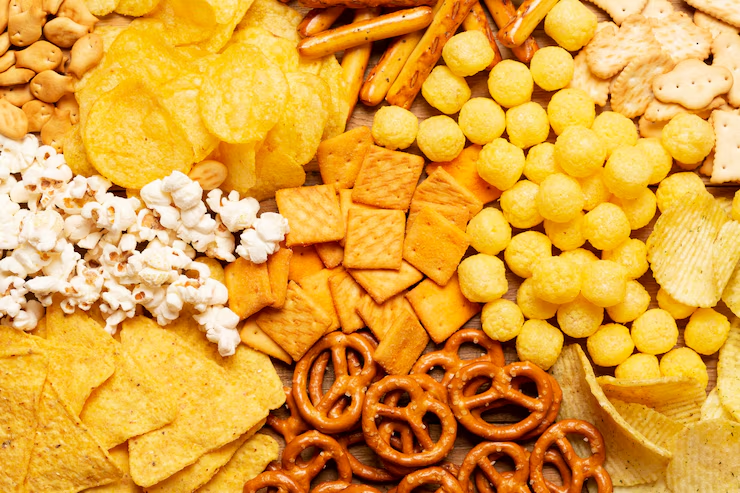
Packaged snacks such as chips, cookies, crackers, and even some granola bars may be convenient, but they often come at a nutritional cost. These items are typically loaded with unhealthy fats, refined sugars, and artificial additives that don’t support your body’s long-term health.
Many of these processed snacks are low in real nutrients, offering little more than empty calories. Regular consumption can lead to issues like weight gain, poor digestion, and increased inflammation in the body. Instead of relying on these options, it’s better to focus on snacks that align with clean eating principles.
Choosing healthy foods like fresh fruit, raw nuts, yogurt, or homemade trail mix as snack alternatives can provide energy and important nutrients without the drawbacks of processed snacks. These wholesome choices help you stay full and nourished, while also supporting better overall health.
Some packaged snacks to limit or avoid include:
Potato chips and other fried snacks
Packaged baked goods (cookies, cakes, muffins)
Granola bars or protein bars (that are high in sugar or artificial ingredients)
Candy and chocolate bars
Instead of reaching for packaged snacks, try healthier alternatives like:
Fresh fruit (apples, grapes, berries)
Vegetables with hummus or guacamole
Air-popped popcorn (without butter)
Homemade trail mix (with nuts, seeds, and a small amount of dried fruit)
By limiting your consumption of packaged snacks, you’ll be nourishing your body with whole, unprocessed foods that provide lasting energy and health benefits.
9. Stay Consistent, Not Perfect
Clean eating isn’t about being perfect—it’s about making smarter, healthier choices over time. Life happens, and it’s completely normal to enjoy a slice of cake at a celebration or grab a quick bite when you’re in a rush. The important thing is not to feel guilty about these moments but to keep your focus on your long-term health goals.
The key to success lies in consistency. You don’t have to follow a strict or complicated plan to eat well. Instead, aim to include more healthy foods in your daily routine—like whole grains, lean proteins, fresh produce, and healthy fats. Making small, mindful changes each day can lead to big improvements in how you feel and function.
Over time, your body will begin to crave these healthy foods naturally. As your eating habits evolve, you’ll find it easier to make nutritious choices without feeling restricted. Clean eating becomes less of a task and more of a lifestyle that supports lasting wellness and energy.
Tip: Practice mindful eating. Slow down, savor each bite, and listen to your body’s hunger and fullness cues. This will help you avoid overeating and make healthier food choices.
Conclusion
Adopting a clean eating lifestyle doesn’t need to be overwhelming or overly strict. With just a few simple changes, you can start fueling your body with whole, unprocessed foods that truly support your overall health. Begin by choosing healthy foods like fresh fruits, vegetables, lean proteins, and healthy fats.
Cooking more meals at home, cutting back on sugary drinks, and reading ingredient labels can all make a big difference. These small steps add up over time and help you create better habits without feeling deprived. Clean eating is about nourishing your body, not following a perfect plan.
Remember, progress is more important than perfection. Focus on consistency and keep making healthier choices each day. With time, your energy will improve, your digestion will benefit, and your risk of chronic diseases will decrease. Take it one step at a time and enjoy your journey toward a healthier lifestyle.
FAQs
1. What is clean eating, and how is it different from dieting ?
Clean eating is a lifestyle choice that focuses on consuming whole, unprocessed foods and avoiding artificial additives, preservatives, and refined ingredients. It emphasizes fresh fruits, vegetables, lean proteins, healthy fats, and whole grains. Unlike dieting, which often involves restrictive or temporary eating patterns, clean eating is about making sustainable, long-term changes to your eating habits for better overall health. It’s not about perfection, but about making healthier choices consistently.
2. Can I still eat my favorite foods while following a clean eating plan ?
Yes! Clean eating doesn’t mean you have to completely give up your favorite foods. The key is moderation and finding healthier alternatives. For example, instead of regular chips, you could opt for baked sweet potato chips or air-popped popcorn. If you love sweets, try making homemade energy balls using natural ingredients like dates and nuts. Clean eating is about balance, not deprivation.
3. How do I make clean eating affordable on a budget ?
Eating clean doesn’t have to break the bank. Focus on buying seasonal fruits and vegetables, purchasing in bulk, and choosing frozen produce when fresh items are too expensive. Store pantry staples like beans, lentils, brown rice, and oats that can be used in various meals. Also, try meal prepping in advance to reduce food waste and save money throughout the week.
4. Is clean eating suitable for everyone, including people with dietary restrictions ?
Yes, clean eating can be adapted to fit various dietary needs, including vegetarian, vegan, gluten-free, or dairy-free diets. The foundation of clean eating—whole, unprocessed foods—offers plenty of options for people with different dietary preferences or restrictions. For instance, plant-based proteins like beans, lentils, tofu, and quinoa provide great alternatives for those avoiding animal products, while gluten-free grains like quinoa and rice are perfect for those with gluten sensitivities.
5. How long does it take to see results from clean eating ?
The time it takes to notice changes from clean eating can vary depending on individual factors like your current diet, health goals, and lifestyle. However, many people start to feel more energetic, experience improved digestion, and notice healthier skin within a few weeks. Over time, consistent clean eating can lead to weight loss, improved metabolism, and a reduced risk of chronic diseases like diabetes and heart disease. The key is consistency and making it a long-term habit.
